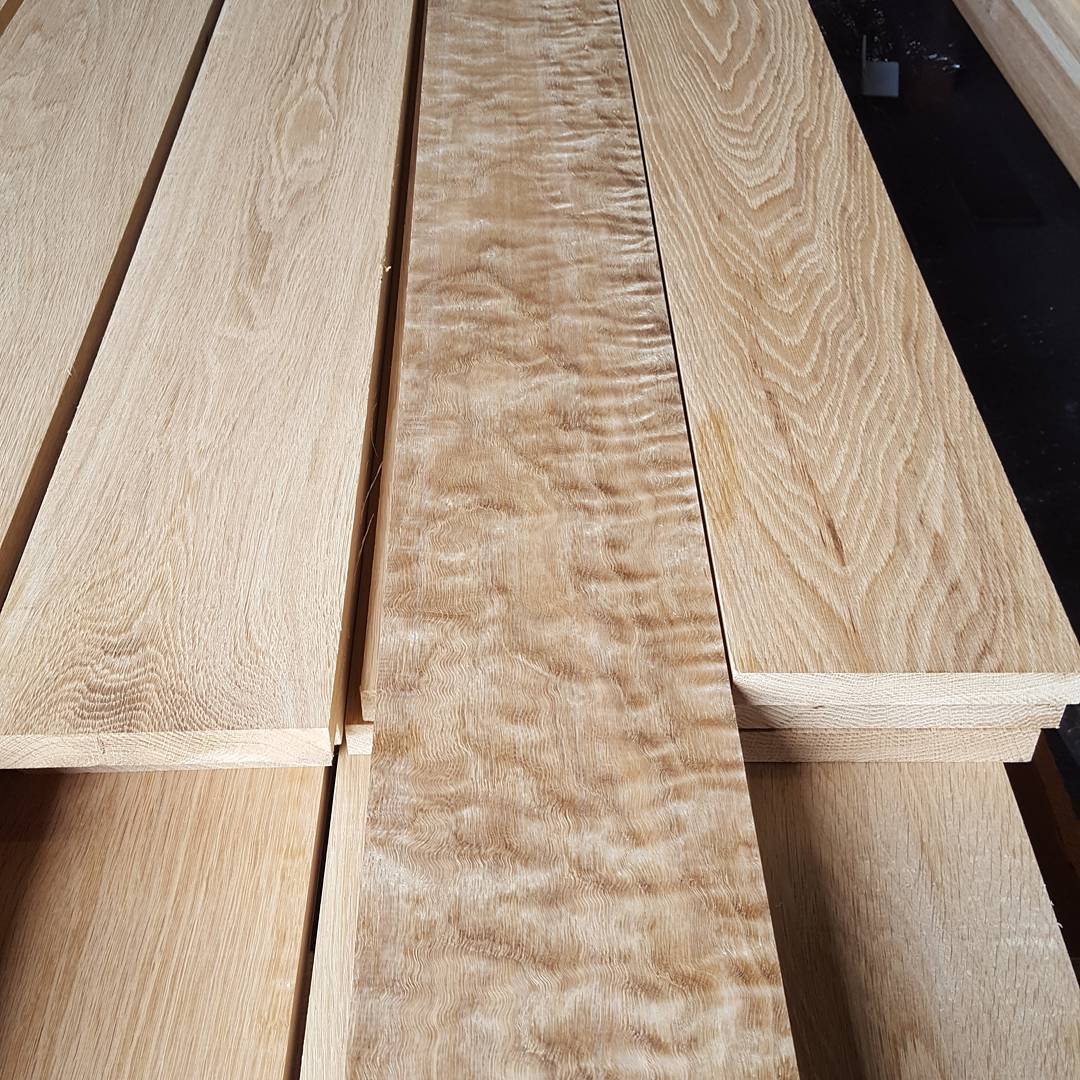Understanding Lumber Dimensions

You may think buying lumber for your project will be easy. If you need a piece of wood that is five feet wide and seven feet long you go to the store and buy the piece labeled with the needed dimensions. But upon arriving home, you realize that your piece is slightly smaller than the posted dimensions. What gives?
To better understand the labels on lumber and how they relate to what you purchase, consider the difference between softwood and hardwood. They are different materials, and they are measured differently.
Softwood
Softwood is the most common product in home improvement stores. Examples include spruce, pine, and fir. When you see the dimensions of this wood on the shelf, know that the board you purchase is shorter than described. Softwood is labelled with its nominal size: the length, width, and thickness of the board when it first arrived at the mill. Before shipping, however, up to ¾ of an inch of width and thickness may be shaved off each piece of lumber.
- 1x Nominal: The board is ¼ inch thinner and ½ inch shorter than the label specifies.
- 2x Nominal: The board is ½ inch thinner and ½ in shorter than the label specifies.
The basic formula described above works for most softwood boards, but some pieces deviate from the conversion. Check a dimensions chart to understand what you are buying.
Hardwood
This type of wood is highly valuable, so it is sold in random widths, thicknesses, and lengths to avoid wasting parts of the board. The result is a pile of hardwood boards that are all different. The unit of measurement to determine the price is called “board feet.” Multiply the thickness and the width and the length, and then divide by 144 to calculate the board feet. This hardwood measurement is much more accurate than the softwood one, but you may have a lot of work to get the hardwood piece into the shape you want.
Hire a trained and licensed professional to help you determine the type of lumber and the dimensions that best fit your needs.
